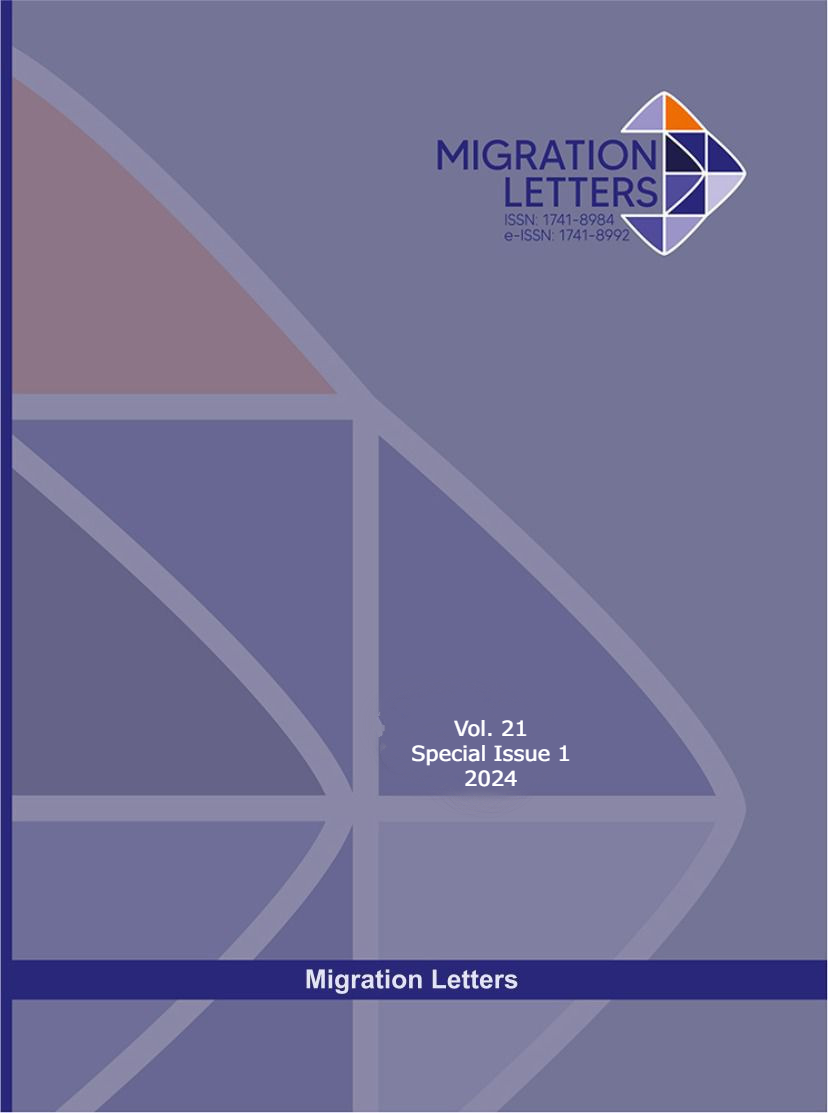Cohesion via Diversity and Inclusion: The Role of Sri Lankan State Universities in Post-War Reconciliation
DOI:
https://doi.org/10.59670/ml.v21iS1.6398Abstract
The Pearl of Indian Ocean Sri Lanka experienced a brutal civil war that spanned over twenty-five years. Limiting the access minorities had to education and systematic anti-Tamil policies comprise the core of Sri Lanka’s ethnic issues. Although the war ended, the bludgeoned history between the majority Sinhalese and minority Tamils continues to linger making reconciliation efforts ineffective. Although existing literature indicates universities as heavily politicized centers of ethnonationalism, the present research attempts to indicate how reconciliation processes can be augmented by adopting multicultural student bodies within state universities. To support this rationalization, a phenomenological qualitative research was conducted. Seven one-on-one interviews with minority students from three state universities representing the Southern, Central, and Western provinces of Sri Lanka were conducted. All data was verbatim transcribed and analyzed using thematic analysis. Results indicated inter-ethnic cohesiveness despite the existing noticeable language barrier and discriminatory acts. All participants implied the ability to express cultural identity within campuses as a stepping stone to actively engage in learning. Overall, the informants’ narrations were indicative of assimilation and acculturation to a common society. Thus, the authors of the present study believe in adopting diversity and inclusion within universities as an alternative mechanism to expedite pending reconciliation mechanisms to make a cohesive Sri Lanka.
Metrics
Downloads
Published
How to Cite
Issue
Section
License

This work is licensed under a Creative Commons Attribution-NonCommercial-NoDerivatives 4.0 International License.
CC Attribution-NonCommercial-NoDerivatives 4.0






